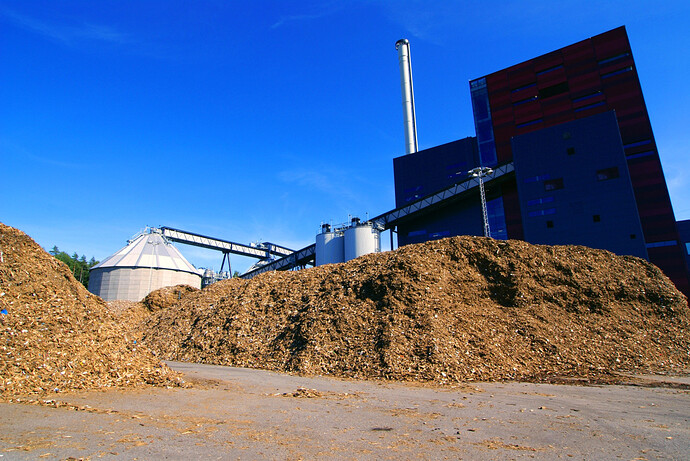SAF supply chain from logging residues in Georgia could cut carbon emissions by 70%
Sustainable aviation fuel (SAF) derived from logging residues could reduce carbon emissions by 70% compared to conventional aviation fuel (CAF), according to a study conducted by Hosne Ara Akter and Puneet Dwivedi from the Warnell School of Forestry and Natural Resources at the University of Georgia, and Yu-Kai Huang from the Institute for Sustainability, Energy, and Environment at the University of Illinois Urbana-Champaign. The researchers employed a mixed-integer linear programming (MILP) model to design an optimal supply chain for SAF production in Georgia, using the Ethanol-to-Jet (ETJ) pathway. This model, applied over a decade, explored three SAF demand scenarios to meet 5%, 10%, and 20% of the demand at Hartsfield-Jackson Atlanta International Airport.
Under these scenarios, SAF production volumes reached 940 million liters, 1.87 billion liters, and 3.74 billion liters over ten years. The production required 9.6, 19.2, and 38.5 million metric tons of logging residues, respectively. Corresponding unit production costs were calculated at $2.25, $2.03, and $1.92 per liter, respectively. A significant share of the total costs—77%—was attributed to capital investments in biorefineries, while operating expenses contributed 22%.
British power producer Drax announced in December a multi-year agreement with Pathway Energy LLC for the supply of over 1 million tonnes of sustainable biomass pellets annually. These pellets will support Pathway’s $2 billion SAF plant in Port Arthur, Texas, set to become operational in 2029. Pathway’s facility is projected to produce 30 million gallons of carbon-negative jet fuel annually, enough for 5,000 carbon-neutral long-haul flights each year. The project also plans to integrate bioenergy with carbon capture and storage (BECCS) technology to remove 1.9 million tonnes of CO2 from the atmosphere annually, ensuring its carbon-negative status.
Drax also revealed plans to construct BECCS facilities in the U.S. South. These plants will utilize wood chips from fast-growing pine plantations to generate electricity while capturing and storing carbon emissions underground. This approach aims to produce clean energy and generate valuable carbon credits, for which Drax has already secured buyers.The company has partnered with two of the largest U.S. timberland managers, Molpus Woodlands Group and Manulife Investment Management, to secure a steady supply of wood from sustainably managed pine plantations.
Environmental benefits of SAF remain significant, with the Georgia study reporting an average greenhouse gas (GHG) intensity of 767 grams CO2-equivalent per liter across scenarios, representing a 70% reduction compared to CAF. These reductions align with global aviation’s net-zero carbon goals for 2050, as set by the International Air Transport Association (IATA).
Despite the promising environmental impact, economic challenges persist. SAF production costs remain higher than CAF, necessitating economic incentives. Federal programs, including the Renewable Fuel Standard (RFS) and tax credits under the Inflation Reduction Act (IRA), could make SAF more competitive by offsetting production expenses.
Source: SAF supply chain from logging residues in Georgia could cut carbon emissions by 70%
